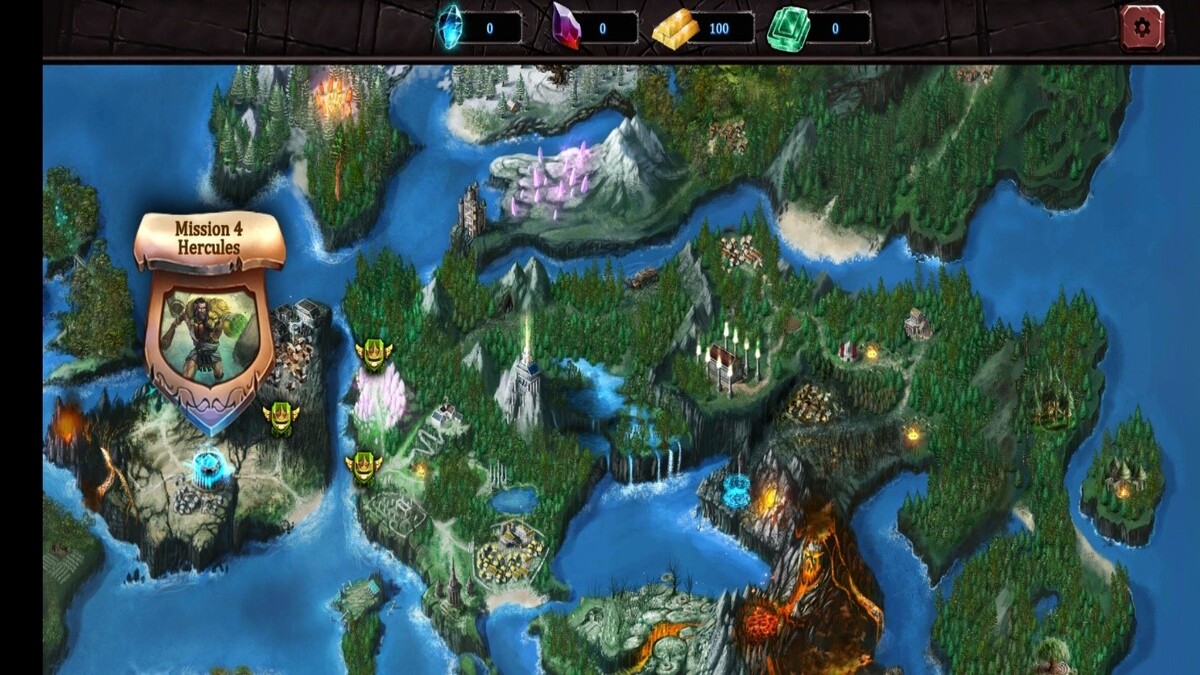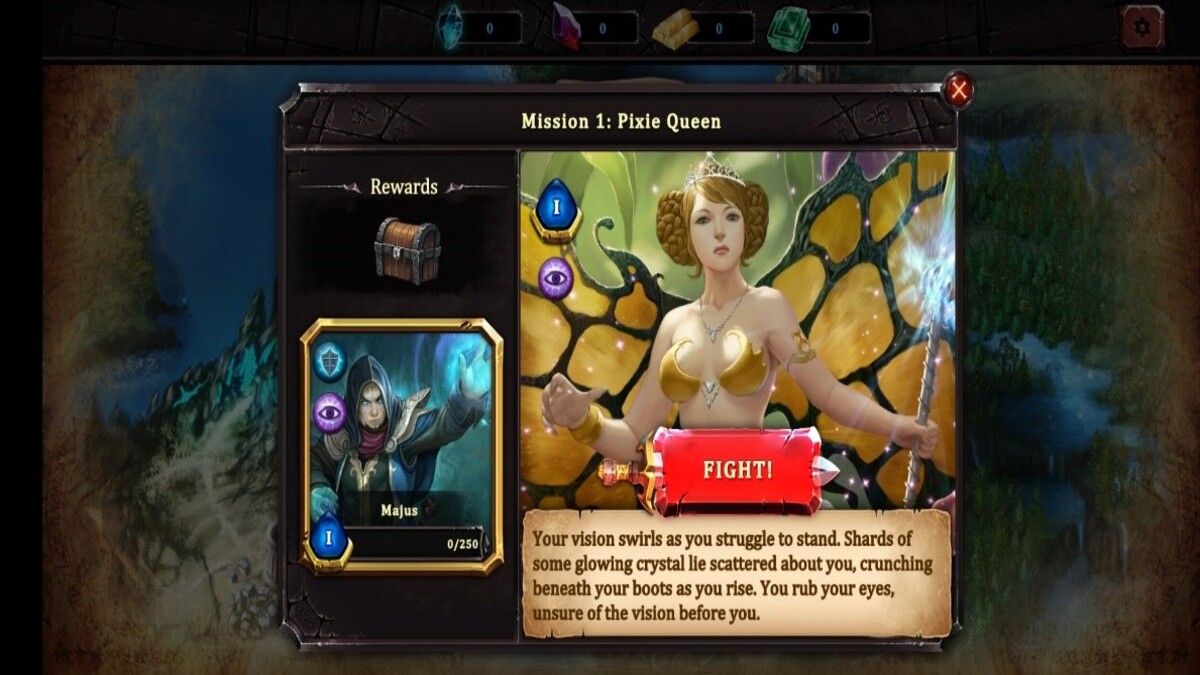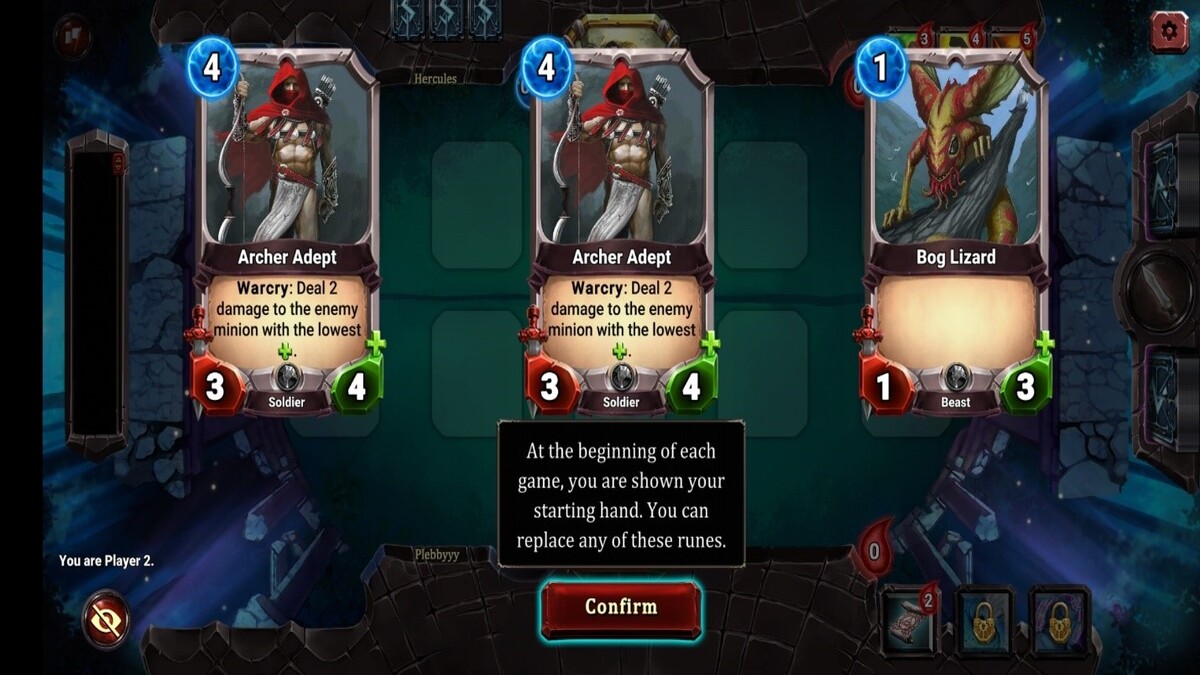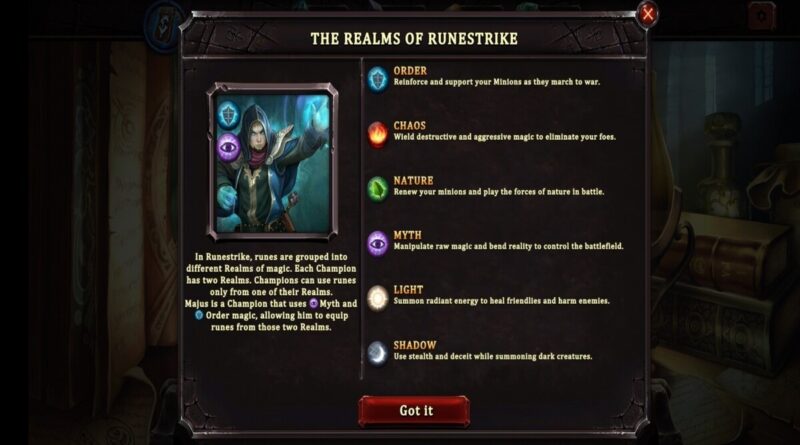Runestrike CCG Review: The Most Captivating CCG
Runestrike is a thrilling and captivating CCG (Card-Collectible Game) where the goal is to defeat the opponents through your own outplay potential and tactics. It offers the best of both worlds by being a game that is easy to get into, but hard to master. A high skill ceiling results in some fantastic outplay options while the lower skill floor also ensures that the game is accessible to newer players in the CCG genre. If building decks and duking it out against other players is your forte, then this is the perfect game as it does not fail to deliver on the expectations set.

Gameplay
Runestrike starts fairly easy with tutorial levels designed to teach you the basics of the gameplay ranging from basic card interactions to guide players on how to acquire new cards. For being tutorials, there are quite a few of them, and going through all of them will ensure that you are prepared for the real battles later. The gameplay consists of a design akin to many CCG games where players place down cards to utilize their units or spells to deplete the opponent’s HP bar to zero. The battle arena consists of a single row with 5 lanes on each row (one row for the opponent, the other being for you), where cards or runes as the game likes to call it, can be placed to attack the enemy. The crowns of each side are placed behind these rows which means your units must first go through the enemy units to reach the crown/champion. The runes placed on the field all have a relevant mana cost which the player must have on that turn to play it, which emphasizes strategy on which card to use instead of spamming the best high damage glass cannon units.


Apart from the runes, Runestrike also has the option to use spells in a battle that draw from another resource pool called the ‘blood pool’. So there’s the mana pool for your units, and then there’s the blood pool for the special spells available.
Stand-out Features
One of its unique features is the way decks are built in Runestrike. In other CCG games, the player usually picks a faction or a kingdom or some other fantastical realm and align themselves with it which results in a deck of cards built around that theme.
Runestrike features six realms, which by itself is a surprise but the real kicker is, you can have a mix and matched deck from two realms simultaneously, resulting in some off-meta combos and catching your opponent off-guard. This allows for more organic creativity in players’ playstyles allowing the game to be dynamic enough where the player skill is the foremost factor, and not the game’s virtual entities (in this case the card units or runes).
Graphics
Playing a F2P game is usually an indicator that unless it is a big franchise company, cost-cutting had to be done somewhere to make the game free and sustainable through ads (usually the graphics take a hit as a result). Runestrike is a phenomenal exception as the graphics and the style of art chosen for the overall game instantly gives off the vibes of a mythical or fantasy realm.

The battle arenas in the game are polished and give off a premium feeling comparable to some bigger studio games. The cards have a high amount of detail in their artwork and each one feels unique from the previous one that you discover along the way. In short, the graphics and the artwork in this game are stunning and provide the level of immersion that can be expected from a premium game.

Multiplayer
What good is a Deck-Battle game if you cannot play against other players around the world? Along with the single-player campaign that Runestrike offers, PVP is also an option where deck-building strategy is put to the test. There is a significant level up from playing against bots in the single player to coming in fresh on multiplayer to see some creative decks that you just did not think of before. Playing the tutorials will only train you up until a certain point after which multiplayer is the way to go for the people willing to learn more about the card interactions and seeing some interesting decks built in a certain way that synergizes with each other.
Microtransactions
Microtransactions exists in the form of packs that players can buy which allows them to acquire new cards to enable different types of decks to be built. The cards are not MTX exclusive and can be obtained through regular playthroughs as well. My personal view ranges from pay-to-win to somewhat balanced depending on the frequency of high-level cards given out from the card packs obtained through MTX, and for this game, all that needs to be said is that it is not as bad as Clash Royale’s MTX system where players can unlock almost every card (including the best ones) relatively quickly through MTX.
Pros and Cons
Pros
- Free-to-PlayHigh skill ceiling, Low skill floor
- Stunning visuals
- Lots of Creative Options to Build Decks
- Not Plagued by MTX
Cons
- Not too Battery Friendly
- Can have issues of lag and stutter on dated phones
Conclusion
Easily a must-try game if you are a CCG fan, and overall an excellent game to pick up for new players to the genre as well as it offers a robust tutorial that explains the fundamentals and mechanics of how a CCG game works. Graphics and the Artwork of the game stand out from the rest of the pack as well giving the feel of playing a premium polished game. Runestrike is a good representation of what a game in this genre should be like with its creative and dynamic playstyle options and a low skill floor complemented with a high skill ceiling, giving the players the choice of how and at what pace they want to improve at the game.

